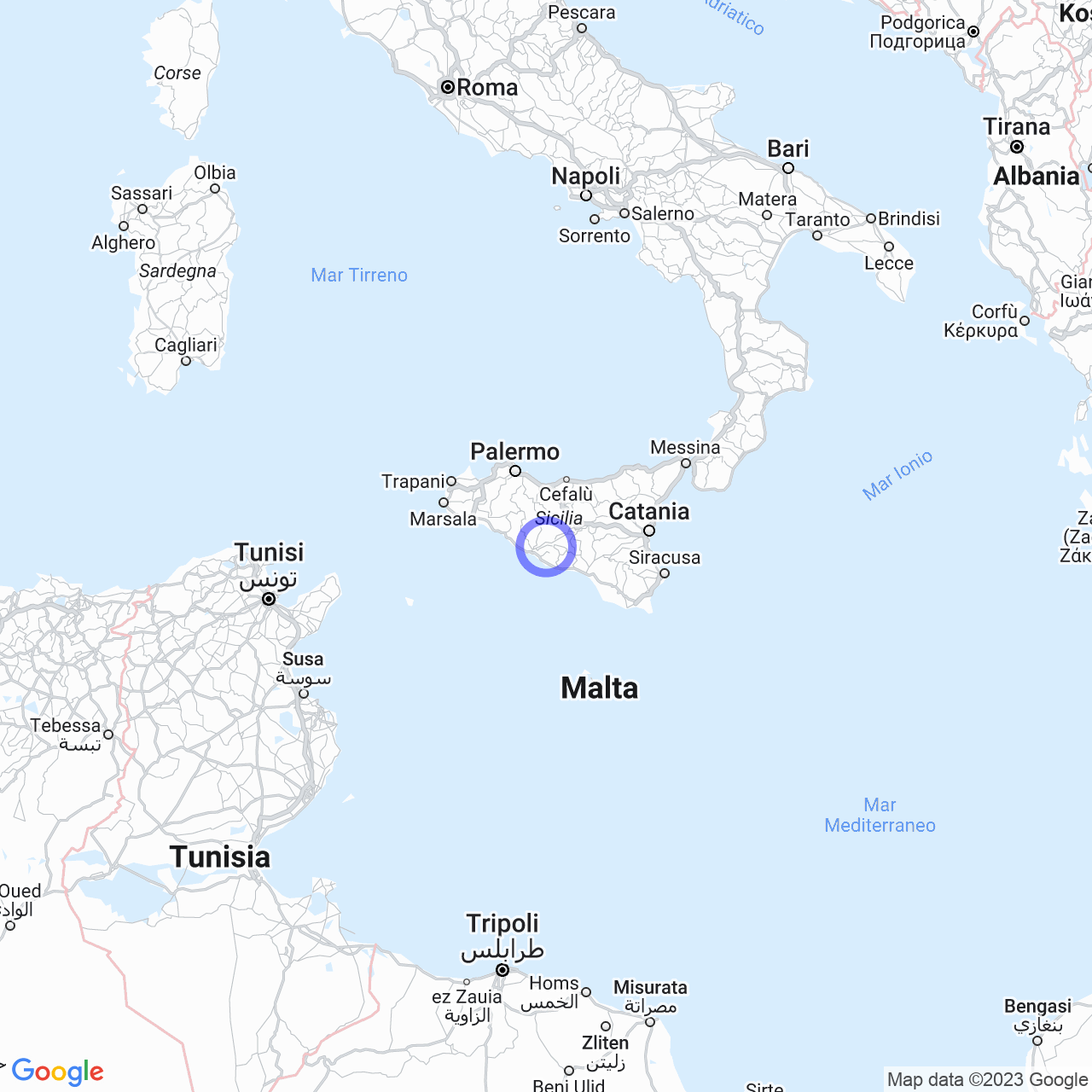Castrofilippo
Castrofilippo: a hilltop town
Castrofilippo is an Italian municipality located in the free municipal consortium of Agrigento in Sicily. With a population of approximately 2560 inhabitants, this town is located on mainly hilly terrain. Its territory covers an area of 13.24 km² and it is located at an altitude of about 430 meters above sea level.
The history of Castrofilippo
The ancestors of the current inhabitants of Castrofilippo were prehistoric, Greek, and Roman peoples who inhabited the areas surrounding what is now the site of the municipality. Subsequently, another important ethnic group, the Arabs, forcefully inserted themselves into the history of Castrofilippo. The Arabs likely reused the fortification of possible Byzantine origin erected on the current hill of Castellaccio, located about 500 meters north of Castrofilippo, surrounded by highly-cultivated fertile lands. Currently, we do not know its name, but it could be the site of al-Minsciar mentioned by the Arab-language geographer Muhammad al-Idrisi in 1154.
The Arab domain over Castrofilippo lasted for about two centuries, until 1086, when Roger I of Sicily, with a powerful army, pursued the fleeing Arab emir Chamùt towards Castrogiovanni (now Enna), conquered some castles, including those of Naro, Racalmuto, Canicattì, and Al-Minshàr. During the Norman army's advance, a military outpost was left to guard the conquered castles.
After the Norman conquest, the hamlet of Castrofilippo was renamed Libigini, after the skillful leaders who were the Arabs, but it began to decline. It then passed through numerous families such as Lo Porto, De Brando, and the Montaperto.

The foundation of Castrofilippo
Despite the importance of these noble families, the small hamlet fell into ruin, to the point of being sold to Stefano Monreale, a highly important exponent of a family of French origin. Stefano Monreale not only collected noble titles, but he also wrote poetry and invented a new method of coal extraction.
In 1584, Monreale obtained a license to "congregate people" and decided to found a new city: Castrofilippo. The town was dedicated to Philip II of Spain, to whom Monreale was connected both by friendship and politics. The founding of new towns had a mainly agricultural purpose: the goal was to incentivize the production of wheat, which had experienced a decline in recent years. The new site was chosen among the most fertile lands, rich in water.
A Baronial Palace was built with a comfortable apartment on the first floor, prisons, warehouses, a large water tank, stables, and a large courtyard on the ground floor. The church of St. Anthony the Abbot was also built, located on the edge of the Cannatone district, and another church dedicated to Saint Lucy, no longer existing.
Conclusions
The history of Castrofilippo is that of a town that was born in a time of great change and necessity. Founded to incentivize agriculture and wheat production, Castrofilippo witnessed a past that ranges from prehistoric peoples to Romans, from Arabs to French. Over time, the town continued to grow and develop, becoming a reference point for Sicily and all of Italy. Today, Castrofilippo is a perfect destination for those who want to learn more about the history of Sicily and its people.
